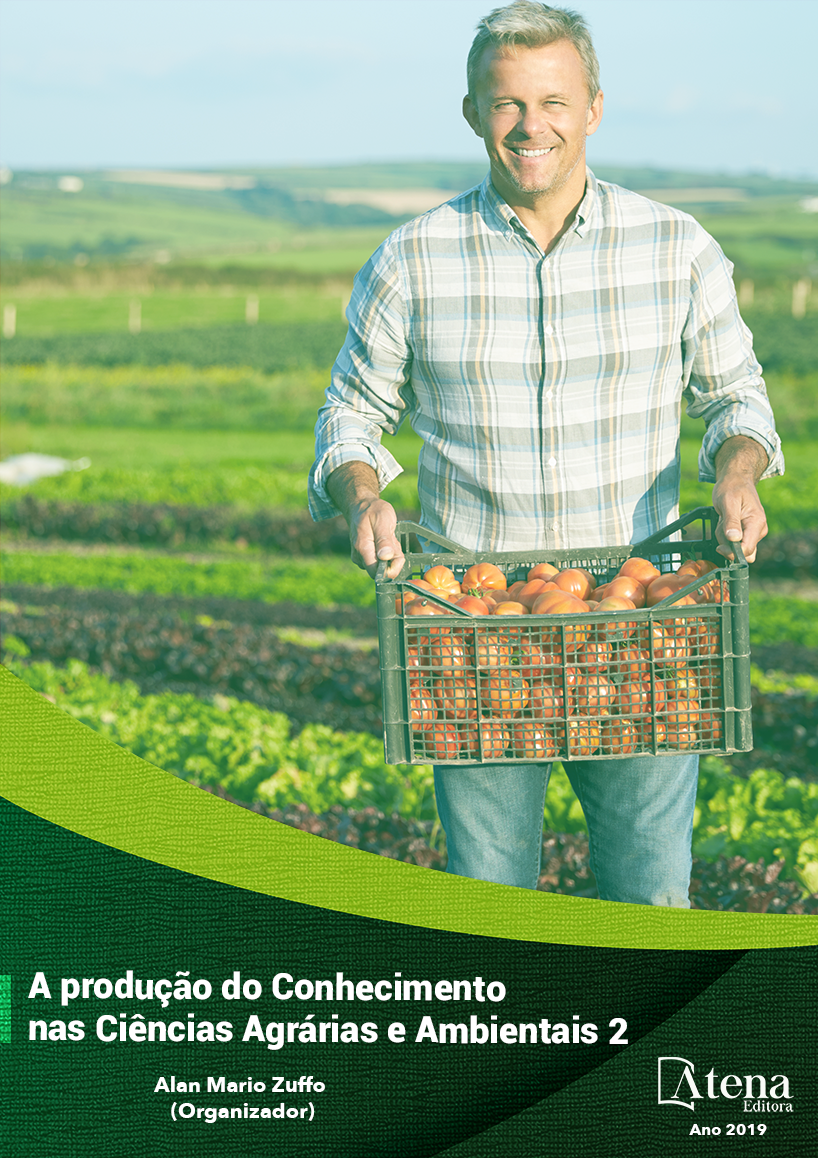
COMPARAÇÃO DE DESEMPENHO DE FRANGOS DE CORTE COM BASE EM SEIS ÍNDICES ZOOTÉCNICOS NAS QUATRO ESTAÇÕES DO ANO
O objetivo do presente estudo
foi a avaliação e comparação estatística de
seis índices zootécnicos controlados por uma
agroindústria de produção e abate de aves
localizada no Oeste do Paraná nas quatro
estações do ano. As análises estatísticas
foram realizadas com auxílio do software
Assistat; utilizou-se ANOVA em delineamento
inteiramente ao acaso com 4 tratamentos
(estações do ano) e 301 repetições para cada
um dos seis índices zootécnicos e teste de Tukey
ao nível de 5%. A conversão alimentar situou-se
entre 1,63 e 1,70 e foi estatisticamente diferente
no verão. Não houve diferença estatisticamente
significativa entre a mortalidade média ao longo
das estações do ano. O peso médio dos frangos
ficou na faixa de 2,76 a 2,93 Kg e foi superior
no inverno. O ganho de peso diário das aves
oscilou entre 60,53 e 63,78 g sendo superior no
inverno e inferior no verão. O custo do frango
no aviário foi maior nos períodos de outono e
verão e menor nos demais. A idade média ficou
entre 44,71 a 46,06 dias e apresentou diferença
estatisticamente significativa entre as estações
do ano. Concluiu-se que para cinco dos seis
índices zootécnicos avaliados houve influência
das estações do ano.
COMPARAÇÃO DE DESEMPENHO DE FRANGOS DE CORTE COM BASE EM SEIS ÍNDICES ZOOTÉCNICOS NAS QUATRO ESTAÇÕES DO ANO
-
DOI: 10.22533/at.ed.8521926044
-
Palavras-chave: Agroindústria; Análise Estatística de Dados; Ferramentas Computacionais
-
Keywords: : Agroindustry; Statistical Analysis of Data; Computational Tools.
-
Abstract:
: The objective of the present study
was the statistical evaluation and comparison
of six zoo-technical indices controlled by a
poultry production and slaughtering agroindustry located in the west of Paraná in the four
seasons of the year. Statistical analyses were
performed using the Assistat software; ANOVA
was used in a completely randomized design
with 4 treatments (seasons of the year) and
301 replicates for each of the six zoo-technical
indexes and Tukey test at the 5% level. Feed
conversion ratio was between 1.63 and 1.70 and
was statistically different in summer. There was
no statistically significant difference between
the mortality rate over the seasons. The mean
weight of chickens was in the range of 2.76 to 2.93 kg and was higher in winter. The daily weight gain of the birds varied from 60.53
to 63.78 g, being higher in winter and lower in summer. The cost of chicken in the
poultry house was higher in the fall and summer, and lower in the other seasons. The
average age was between 44.71 and 46.06 days and showed a statistically significant
difference between the seasons. It was concluded that for five of the six zoo-technical
indices evaluated there was an influence of the seasons.
-
Número de páginas: 15
- Miliano De Bastiani
- Carla Adriana Pizarro Schmidt
- Glória Patrica López Sepulveda
- José Airton Azevedo dos Santos


